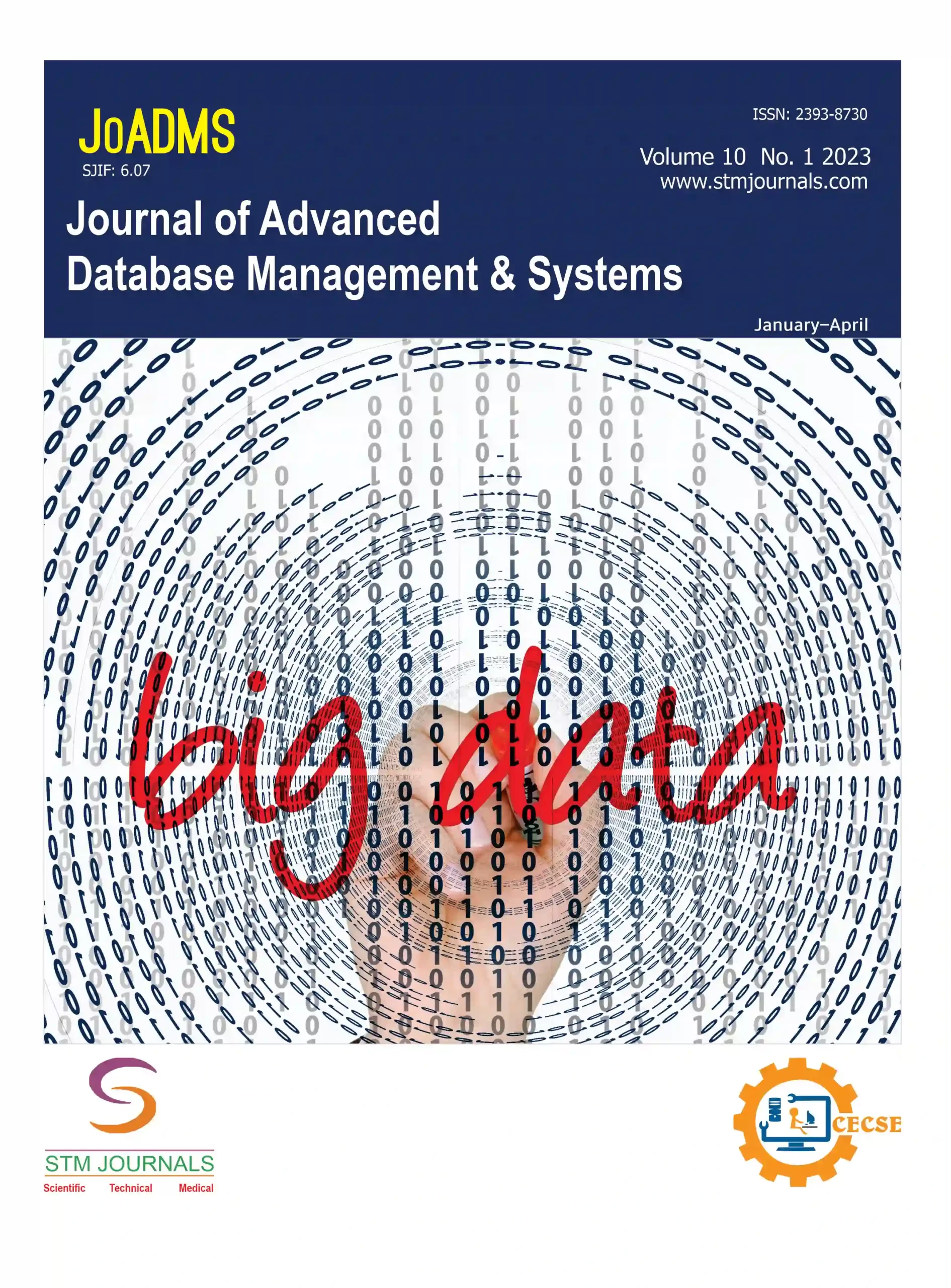This is an unedited manuscript accepted for publication and provided as an Article in Press for early access at the author’s request. The article will undergo copyediting, typesetting, and galley proof review before final publication. Please be aware that errors may be identified during production that could affect the content. All legal disclaimers of the journal apply.
Manojkumar Rendla,
Ankush R Singh,
- Research Scholar, MCA, Thakur Institute of Management Studies, Career Development & Research (TIMSCDR) Mumbai, Maharashtra, India
- Research Scholar, MCA, Thakur Institute of Management Studies, Career Development & Research (TIMSCDR) Mumbai, Maharashtra, India
Abstract
Digital transformation and continuous innovation are fundamental pillars in realizing the ambitious goal of Viksit Bharat—India’s vision of becoming a developed, self-reliant, and globally competitive nation. The integration of advanced technologies, along with the nurturing of a robust innovation ecosystem, has the potential to revolutionize key sectors such as healthcare, education, agriculture, infrastructure, and governance. These changes not only accelerate economic development but also
serve to empower disadvantaged communities, enhance accessibility, and reduce the socio-economic gap between urban and rural regions. This paper delves into the multifaceted impact of digital transformation in reshaping India’s growth trajectory. It highlights how inclusive technological progress can uplift communities, improve public service delivery, and foster sustainable development. Furthermore, it addresses pressing challenges such as digital literacy, cybersecurity threats, policy implementation gaps, and the need for strong institutional support. By blending cutting-edge digital tools with India’s rich traditional knowledge, a balanced and inclusive path toward a developed and resilient nation can be forged.
Keywords: MCA, Thakur Institute of Management Studies, Career Development & Research (TIMSCDR) Mumbai
[This article belongs to Journal of Advanced Database Management & Systems ]
Manojkumar Rendla, Ankush R Singh. Empowering India: Digital Transformation for Economic Growth and Inclusivity. Journal of Advanced Database Management & Systems. 2025; 12(02):-.
Manojkumar Rendla, Ankush R Singh. Empowering India: Digital Transformation for Economic Growth and Inclusivity. Journal of Advanced Database Management & Systems. 2025; 12(02):-. Available from: https://journals.stmjournals.com/joadms/article=2025/view=0
References
- Qi Z. Who traditional medicine strategy. 2014–2023. Geneva: World Health Organization. 2013;188.
- Patwardhan B, Warude D, Pushpangadan P, Bhatt N. Ayurveda and traditional Chinese medicine: a comparative overview. Evidence‐Based Complementary and Alternative Medicine. 2005;2(4):465–73.
- Hirt HM, Mʼpia B, Lindsey K. Natural medicine in the tropics. Anamed; 2008.
- White A, Foster NE, Cummings M, Barlas P. Acupuncture treatment for chronic knee pain: a systematic review. Rheumatology. 2007 Mar 1;46(3):384–90.
- Tu Y. The discovery of artemisinin (qinghaosu) and gifts from Chinese medicine. Nature medicine. 2011 Oct;17(10):1217–20.
- Xu J, Yang Y. Traditional Chinese medicine in the Chinese health care system. Health policy. 2009 May 1;90(2-3):133–9.
- Ministry of AYUSH, Government of India. National Policy on Indian Systems of Medicine and Homoeopathy. New Delhi, India, 2002. https://nitiforstates.gov.in/policy- viewer?id=PNA1636Q001023#:~:text=The%20National%20Policy%20on%20Indian,and%20ho meopathy%20in%20the%20country.
- Hoffman FA. Botanicals as “new” drugs: US development. Epilepsy & Behavior. 2015 Nov 1;52:338–43.
- Weckerle CS, de Boer HJ, Puri RK, van Andel T, Bussmann RW, Leonti M. Recommended standards for conducting and reporting ethnopharmacological field studies. Journal of ethnopharmacology. 2018 Jan 10;210:125–32.
- Bodeker G, Kronenberg F. A public health agenda for traditional, complementary, and alternative medicine. American journal of public health. 2002 Oct;92(10):1582–91.
- Leonti M, Casu L. Traditional medicines and globalization: current and future perspectives in ethnopharmacology. Frontiers in pharmacology. 2013 Jul 25;4:92.

Journal of Advanced Database Management & Systems
| Volume | 12 |
| Issue | 02 |
| Received | 06/03/2025 |
| Accepted | 14/04/2025 |
| Published | 26/04/2025 |
| Publication Time | 51 Days |
[last_name]
